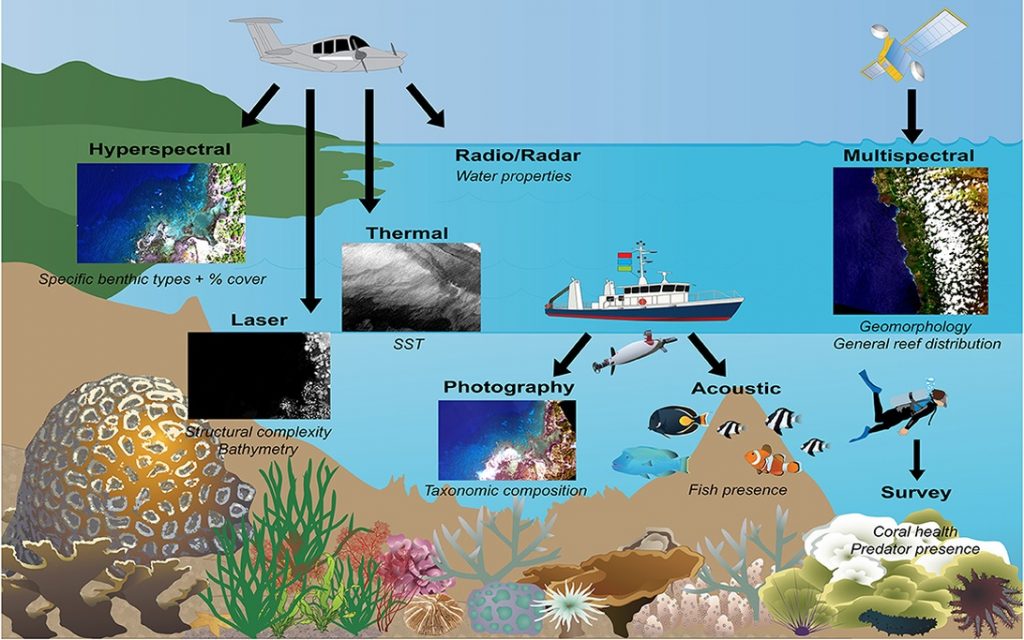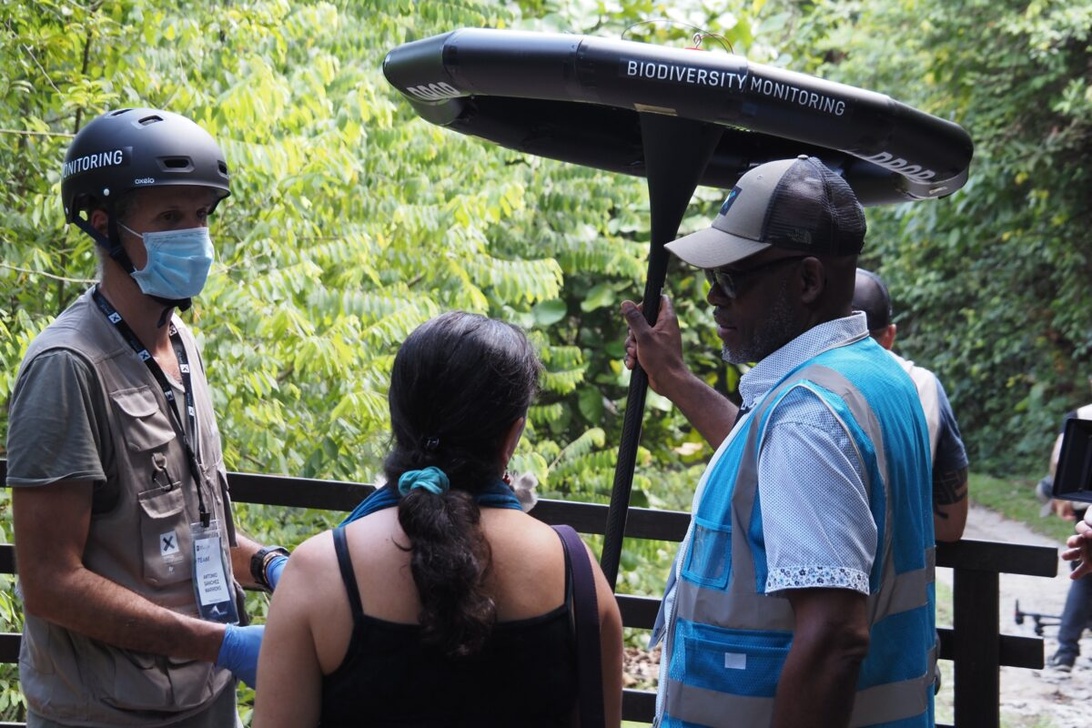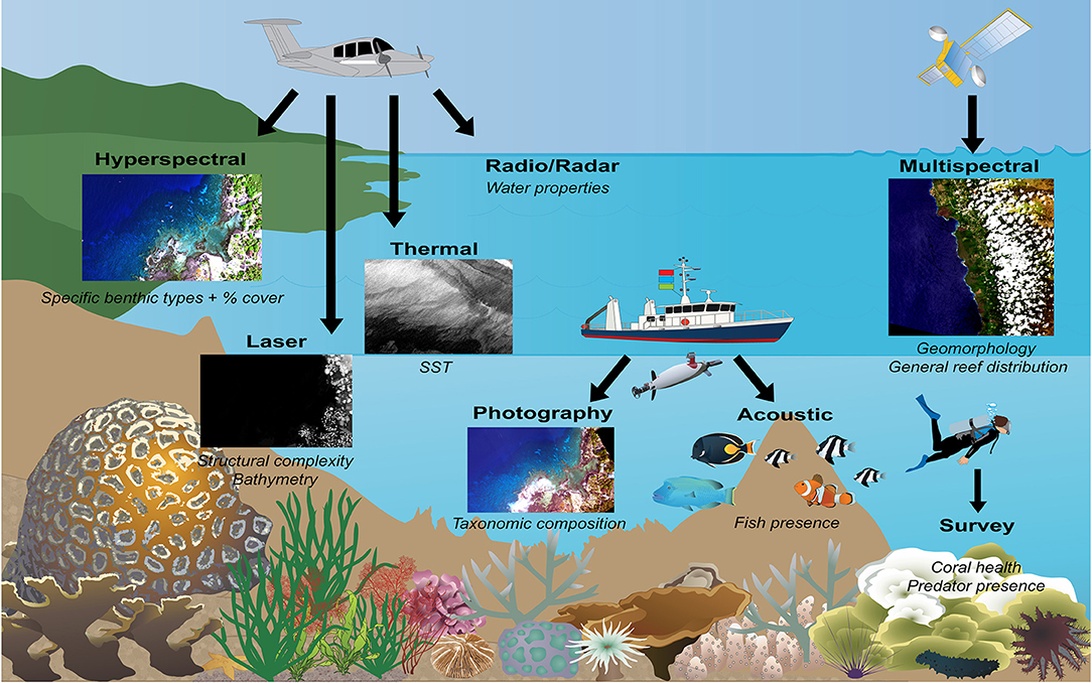
How NGO Software is Revolutionizing Nature Reserve Management
I’ve spent more years than I care to count tramping through nature reserves, often with little more than a pair of binoculars, a notebook, and a healthy dose of optimism. For decades, conservation was a painstaking, manual affair. It relied on intuition, immense patience, and data that often became outdated before it could be properly analysed. But a quiet revolution is taking place. In reserves from the savannas of Kenya to the forests of Sumatra, a new generation of software is empowering conservationists, transforming reactive guesswork into proactive, data-driven strategy. This isn’t about replacing the essential role of the field warden; it’s about equipping them with tools as powerful and dynamic as the ecosystems they strive to protect.
The data collection revolution from clipboards to the cloud
The most immediate change is happening right at the source of information: data collection. The humble clipboard is finally being retired in favour of more robust digital tools. Anyone who has worked with camera traps knows they are a double-edged sword. They provide an unprecedented, non-invasive window into the lives of elusive wildlife, but they also generate a deluge of data. I remember spending weeks sifting through tens of thousands of images, most of which were just leaves rustling in the wind. Today, platforms like Wildlife Insights are using artificial intelligence to do the heavy lifting. Powered by machine learning models like the MegaDetector, these NGO-focused software systems can automatically identify animals, humans, or vehicles in photos, processing millions of images in the time it would take a human to review a few hundred. This frees up ecologists to focus on what truly matters: analysing trends and making conservation decisions, not performing mind-numbing data entry.
It’s not just about what we see, but also what we hear. Acoustic monitoring has opened up a new frontier for tracking biodiversity, from the morning songs of gibbons to the ultrasonic clicks of bats. The development of affordable, open-source hardware like the AudioMoth has been a game-changer for non-profits. These small, customisable devices, supported by open-source software, allow for large-scale, long-term acoustic surveys at a fraction of the cost of previous commercial options. This democratisation of technology means that even smaller NGOs can gather rich datasets on species presence, helping to identify new populations of threatened species or detect the tell-tale sounds of illegal logging.

A strategic perspective on conservation
While ground-level data is crucial, modern NGO software also allows us to take a step back and see the bigger picture. Geographic Information Systems (GIS) and remote sensing are no longer niche academic tools but core components of reserve management. Platforms like the UN Biodiversity Lab provide governments and NGOs with access to hundreds of high-quality spatial data layers. This allows managers to visualise their reserves in the context of the wider landscape, monitoring threats like illegal mining or agricultural encroachment in near-real time. This bird’s-eye view is complemented by real-time tracking of individual animals through biologging, using GPS collars to understand movement patterns and mitigate human-wildlife conflict. This strategic insight is essential for planning vital wildlife corridors that allow species to move between fragmented habitats.
The true power of this technology is realised when it is used for adaptive management. Automated systems, powered by cloud computing platforms like Google Earth Engine, can now produce annual habitat models for specific species. This is a monumental leap from traditional methods, where habitat maps could be five to nine years out of date. In an era of rapid environmental change, having current data allows managers to assess the impact of events like wildfires or drought almost immediately and adjust their conservation strategies accordingly. This dynamic approach ensures that decisions are based on the current reality of the ecosystem, not a static snapshot from years ago.

This capability extends from terrestrial to marine environments. Satellite imagery, drone surveys, and environmental DNA (eDNA) analysis, which detects species by finding genetic material left behind in water or soil samples, are all powered by sophisticated software. These tools help us monitor the health of coral reefs, track marine mammal migrations, and identify areas under threat from pollution or overfishing. The ability to integrate these diverse datasets provides a holistic view of our planet’s blue heart, guiding the creation and management of Marine Protected Areas with unprecedented precision.
Smarter management through software and collaboration
Gathering vast amounts of ecological data is one thing; turning it into effective action is another. This is where software moves beyond simple monitoring to become the central nervous system of a conservation organisation. For instance, tools from the SMART partnership are indispensable for standardising data from ranger patrols. However, the broader challenge lies in integrating all operational information. This is where comprehensive platforms, such as the valuable NGO management software available at https://www.ngoonline.net/ngo-online/, become the backbone of the operation. These systems are essential for moving organisations away from cumbersome spreadsheets and towards transparent, centralised platforms that connect field data to boardroom decisions, ensuring resources are allocated effectively and impact is clearly demonstrated.
This collaborative spirit also fosters new alliances between scientists, NGOs, and the public. Platforms like Wildbook use AI and citizen science to create vast, open-source databases for individual animal identification. The Great Grevy’s Rally in Kenya is a prime example, where photos submitted by the public are analysed by AI to conduct a nationwide census of the endangered Grevy’s zebra. This not only provides invaluable population data but also engages the public directly in conservation, building a powerful community of advocates. Software is also making protection efforts more predictive. By analysing historical data on poaching incidents, machine learning algorithms can now predict poaching hotspots. This allows reserve managers to deploy limited ranger patrols more strategically, maximising their deterrent effect and giving wildlife a much-needed fighting chance.
The digital warden and the future of conservation
This technological wave is undeniably exciting, but it is not a silver bullet. As we embrace these new tools, we must do so with a critical eye. For these tools to be truly revolutionary, they must be developed and implemented from the ground up, empowering local communities and integrating their invaluable traditional knowledge. The goal is not to impose solutions but to provide tools that amplify local expertise. This approach is outlined in a proposed charter for digital conservation, which wisely cautions against a top-down, ‘tech-first’ approach. Part of this responsibility includes properly managing visitor impacts and understanding the ecological impact of visitor footpaths.
We must also be mindful of the potential pitfalls. There are ethical considerations around data security; we must ensure that sensitive location data for endangered species does not fall into the wrong hands. There is the digital divide, where a lack of infrastructure or training can leave some of the most critical conservation areas behind. And, with a certain irony, we must consider the environmental footprint of the technology itself, from the energy consumption of data centres to the growing problem of e-waste. Ultimately, the future of conservation lies in a thoughtful fusion of the old and the new. It’s in the synergy between the digital warden in the cloud and the dedicated ranger with muddy boots on the ground. This software revolution is not about removing the human element; it is about enhancing it, freeing us from repetitive tasks to allow for more creativity and strategic action. This mindset can even extend into our homes, inspiring us to choose home décor for nature reserve fans that reflects our commitment to the natural world.
